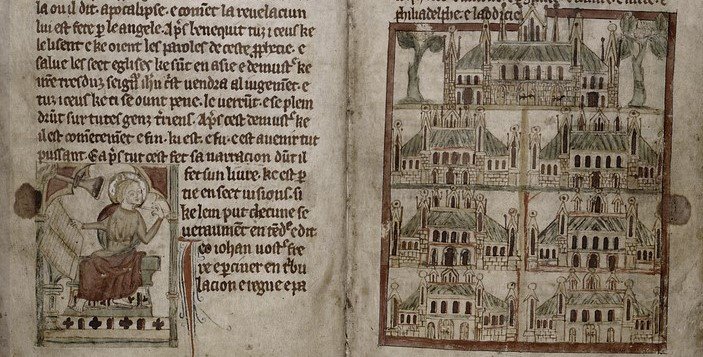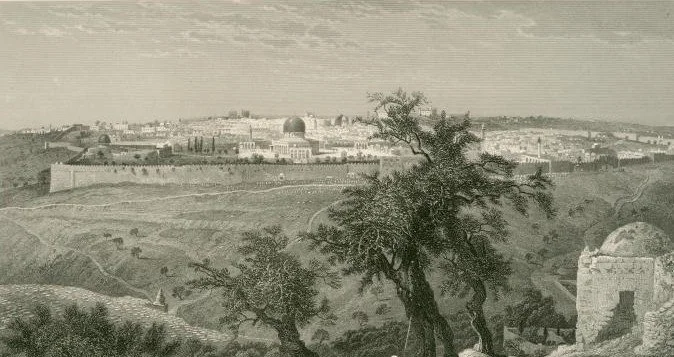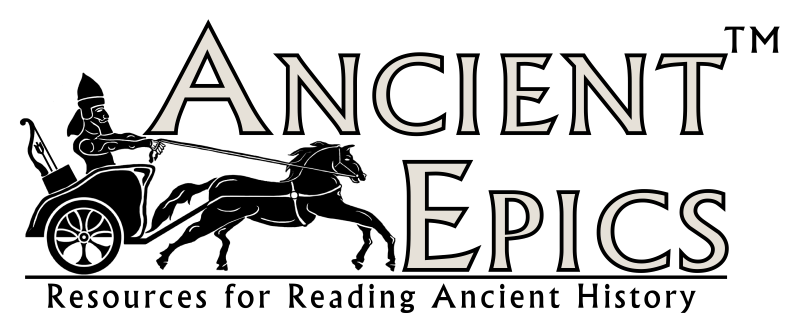
Selected Bibliographies
From about the year 2000, I have probably read hundreds of books on theology, philosophy, ancient history, and biblical themes. Some of the books I read during the first decade were passed through without taking too many notes; however, since about 2010 I have been keeping better track of my reading habit.
Below are links to dedicated pages of bibliographies on the various subjects I have read and studied. Although only a selection, they represent the core of those works, both ancient and modern, that have formed the substance of my cultural knowledge—as well as those I have found to be the best on that subject. As I continue to read and study throughout my life, I will continue to add entries.
My hope is that, in addition to making my research endeavors transparent, these bibliographies can provide a starting place for others who have similar interests but do not know where to start.
Note that most of these categories are divided between “primary” and “secondary” sources. Primary sources are those texts produced by the target culture, and secondary sources are works, whether scholarly or not, that evaluate how to read and interpret primary sources. Having some sense of the layers of historical material is, I think, helpful in making sense of any given culture or intellectual tradition.
Note also that I have not read through every volume of some of the sets listed, although I have searched through them over the years to find significant bits of information. The largest set I own runs to 28 volumes, each comprising a book of at least 500 pages. If I had read the set from start to finish, I wouldn’t have been able to read much else. After reading about a third of this set many years ago, I learned that a good researcher must carefully pick and choose what to read. Unfortunately, life is just too short to read everything!
Below is an example of how this is given in the bibliography. The note in bold, italic parentheses (vols. 3 & 4., Athanasius, Jerome, Rufinus) indicates the specific parts of the set I have read and the volumes where they are found.
Schaff, Philip, and Henry Wace, eds. Nicene and Post-Nicene Fathers: Second Series. Originally published by the Christian Literature Publishing Company, 1890-1900. 14 vols. (vols. 3 & 4., Athanasius, Jerome, Rufinus) Peabody, MA: Hendrickson Publishers, 1994.
-

Hebrews
-

Christianity
-

Historical Jesus
-

Greeks
-

Romans
-

Egyptians
-

Mesopotamians
-

Other Cultures
-

Philosophy
-

Languages

